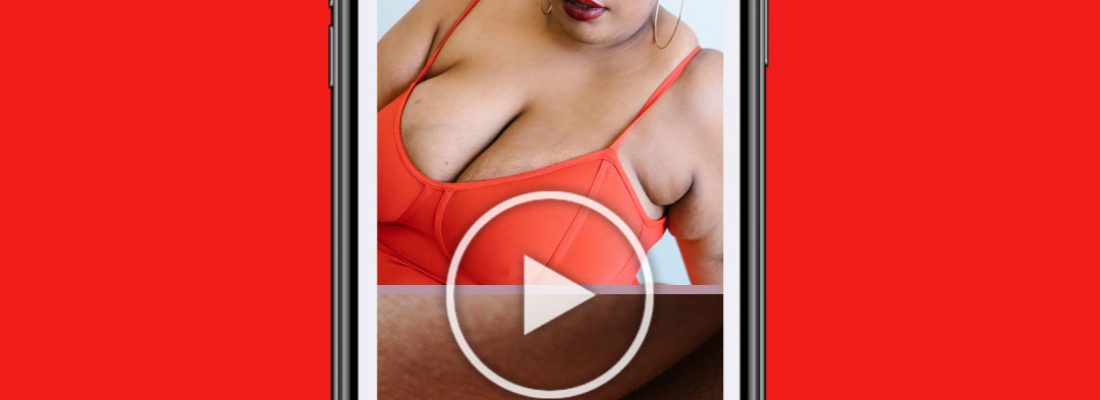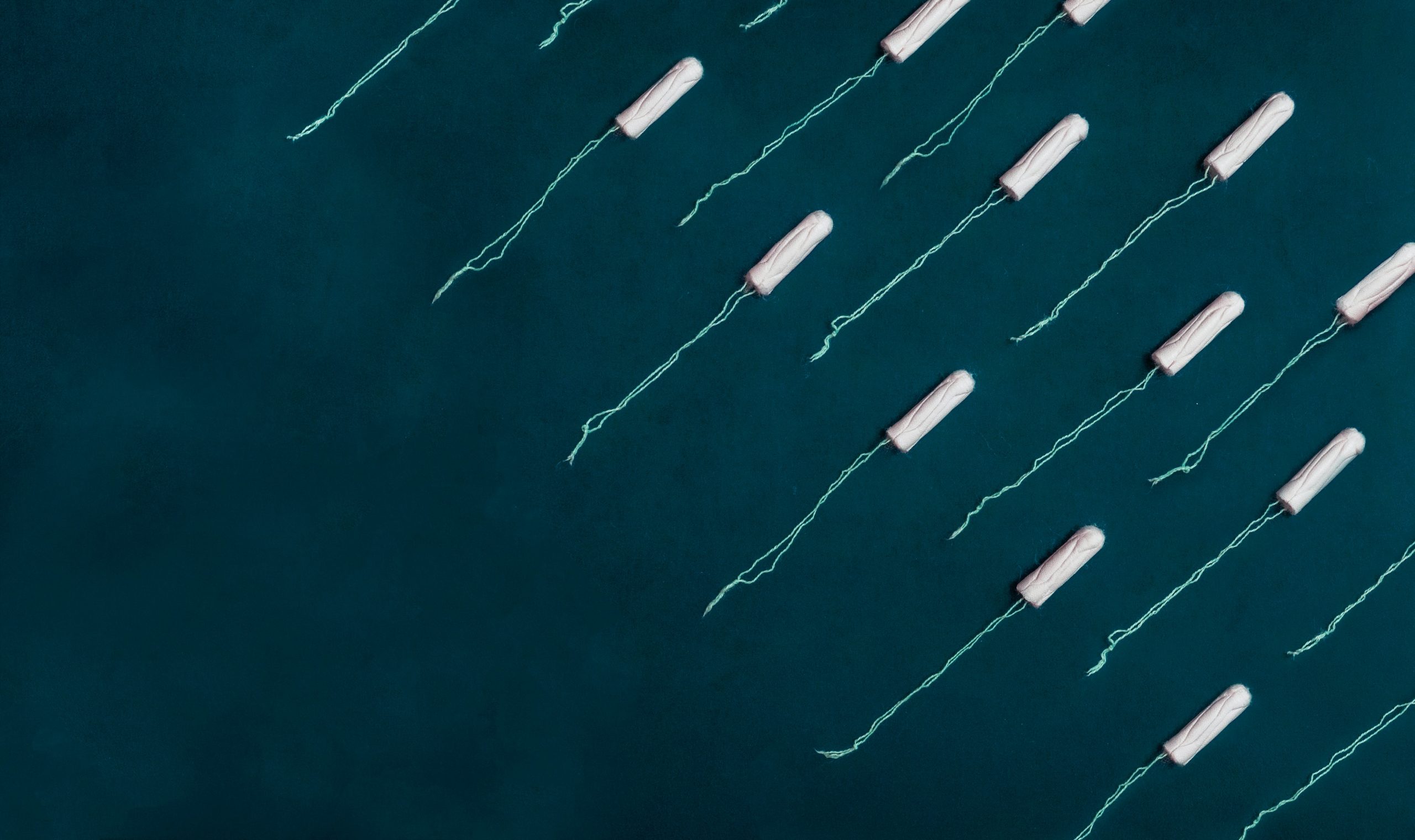
nexplanon Removal

Rachel Besenyei
feminist interested in women’s health and female pain. Rachel is based in London, UK
Ever Wondered About The Birth Control Implant That Goes Into Your Arm? Well, You're In Luck, Because We've Got All The Ins And Outs Of Nexplanon, From Insertion To Removal, Effectives, To Side Effects. Oh, And Also, For A Fully-Rounded Picture, We've Asked A Few Friends To Share Their Experience Of Nexplanon To Help Guide You In Asking The Right Questions To Decide If It's Right For You. Let's Do It.
what Even Is Nexplanon?
Nexplanon is a long-acting, reversible contraceptive implant placed under the skin on the inside of your upper arm (A.K.A your underarm) which provides protection from pregnancy for up to 3 years (1). The implant itself is a small, flexible plastic rod about the same size and shape as a matchstick. It’s put in by a healthcare professional, and stays put until it’s removed again. When people refer to the “birth control implant” this is what they are referring to.
FYI, a Nexplanon history of note: You may have heard of an implant called ‘Implanon’. This implant was produced by the same manufacturer as Nexplanon, but was discontinued in 2010 to reduce the risk of insertion errors.
Why Get it Removed?
After Three Years, The Implant Expires And Is No Longer Effective, So You Will Need It Removed And Replaced If You Want To Continue With It. Other Scenarios Where You Might Want To Reconsider Nexplanon, Or At Least Check In With Your Provider About It, Include:
- If at any point with the implant you feel like something is off physically or emotionally, talk to your provider. It is possible to have it removed before the three years is up.
- If you start a new medication while on the implant, or develop a new health condition, check in with your provider to ensure Nexplanon is still compatible.
- You should always talk to your healthcare provider if your menstrual bleeding is especially heavy or prolonged (or you are constantly bleeding) whilst you have the implant.
Like the insertion, the implant has to be removed by a trained healthcare professional. You cannot do this at home or by yourself. The trained doctor or nurse will numb your upper arm by your implant with a local anaesthetic. They will then make a tiny cut at one end of the implant in order to remove it. This shouldn’t hurt.
You will then have a dressing put on your arm which you should keep on for a few days to reduce bruising and in order to keep it clean and dry (25). Just like having the implant fitted, you may find that your arm is sore or tender in the days after having had it removed, and it’s possible that it will bruise.
What Is it Like to Get Removed?
Like the insertion, the implant has to be removed by a trained healthcare professional. You cannot do this at home or by yourself. The trained doctor or nurse will numb your upper arm by your implant with a local anaesthetic. They will then make a tiny cut at one end of the implant in order to remove it. This shouldn’t hurt.
You will then have a dressing put on your arm which you should keep on for a few days to reduce bruising and in order to keep it clean and dry (25). Just like having the implant fitted, you may find that your arm is sore or tender in the days after having had it removed, and it’s possible that it will bruise.
How Does it Work?
The implant is basically a small plastic tube, around 4cm long and 2mm wide, that’s inserted into the tissue just beneath your skin using a special piece of equipment a bit like a syringe. Inserting the implant into the tissue(4) stops it from moving around in your arm, so it shouldn’t get lost(5) or start wandering around.
Once it’s inserted into your inner arm, the tube slowly releases a low, steady dose of a progestin hormone called “etonogestrel”(6), aka the same progestin as the vaginal ring, into your bloodstream (7). Unlike some other contraceptives, the implant only includes one hormone and doesn’t use estrogen, making it a good alternative for anyone whose body doesn’t get along with estrogen-based contraceptives.
This hormone does three things to prevent pregnancy:
- Stops the ovaries from releasing eggs: The etonogestrel hormone suppresses the pituitary gland (8), which then stops ovulation.
- Thickens cervical mucus: this makes it harder for sperm to swim up through your cervix to an egg. If the sperm can’t swim to the egg, it can’t fertilize it. Sorry, spermies!
- Thins the uterine lining: In the unlikely event of an egg getting fertilized, this makes it more difficult for the fertilized egg to implant itself into the wall of the womb and so it can’t grow or develop any further.
Left alone, this steady dose of etonogestrel continues for around 3 years, at which time the implant expires and needs to be removed or replaced.
The implant contains all of the hormones needed for a continuous, low, steady release for the full 3 years, which amounts to 68mg total(9). The amount of progestin released will slowly decline as follows(10):
- During the first six weeks, 60 to 70 micrograms (mcg) of the progestin is released per day.
- By the end of the first year, approximately 35 to 45 mcg is released per day.
- By the end of the second year, approximately 30 to 40 mcg is released per day.
- By the end of the third year, approximately 25 to 30 mcg is released per day.
If you don’t have the implant removed after three years, the amount of progestin released won’t be enough to protect against pregnancy.
The implant can be removed at any time you feel ready, taking these hormones (and their effects!) with it.
V. important Info Alert!
You Are Fertile Again Immediately After It Has Been Removed.
How Effective Is it?
Nexplanon is 99% effective at preventing pregnancy (2) which means that for every 100 people using Nexplanon for a year, less than one person will get pregnant (and if you’re trying to not get preggers, those are some pretty good odds!).
Like most contraceptives, although the implant is highly effective at preventing pregnancy, it won’t protect against STIs or STDs, so you’ll still need to use a barrier method (like a condom) as well in order to be safe from infections.
Nexplanon and Your period
Again, The Most Common Side Effect Of Nexplanon Is A Change In Your Normal Menstrual Bleeding. 1 In 3 People Stopped Getting Their Period At All After The First Year With The Implant (23), But You May Also Find That Your Periods Become Very Irregular. Spotting, Light Or Short Bleeding In Between Periods, Is Especially Common In The First 6-12 Months Of The Implant Being Fitted. Some of the changes that may happen to your periods and bleeding include (21, 24):
- Longer or shorter bleeding during your period
- No bleeding at all during the time of your period
- Spotting between your periods
- Varied amounts of time between your periods
- Less cramps during your period
- Stops the ovaries from releasing eggs: The etonogestrel hormone suppresses the pituitary gland (8), which then stops ovulation
- Thickens cervical mucus: this makes it harder for sperm to swim up through your cervix to an egg. If the sperm can’t swim to the egg, it can’t fertilize it. Sorry, spermies!
- Thins the uterine lining: In the unlikely event of an egg getting fertilized, this makes it more difficult for the fertilized egg to implant itself into the wall of the womb and so it can’t grow or develop any further
Left alone, this steady dose of etonogestrel continues for around 3 years, at which time the implant expires and needs to be removed or replaced.
The implant contains all of the hormones needed for a continuous, low, steady release for the full 3 years, which amounts to 68mg total(9). The amount of progestin released will slowly decline as follows(10):
- During the first six weeks, 60 to 70 micrograms (mcg) of the progestin is released per day
- By the end of the first year, approximately 35 to 45 mcg is released per day
- By the end of the second year, approximately 30 to 40 mcg is released per day
- By the end of the third year, approximately 25 to 30 mcg is released per day
If you don’t have the implant removed after three years, the amount of progestin released won’t be enough to protect against pregnancy. The implant can be removed at any time you feel ready, taking these hormones (and their effects!) with it.
Nexplanon and Weight Gain
Because the implant releases a steady stream of synthetic hormones into your body, it is possible for other bodily systems to be disrupted. While there are no studies to support this, it doesn’t mean it isn’t possible. Some people have reported weight gain with Nexplanon. If you have the implant and feel like it is adversely affecting how you feel in your body, this is important to note! Talk to your provider.
Nexplanon and Constant Bleeding
You should always talk to your healthcare provider if your menstrual bleeding is especially heavy or prolonged (or if you are constantly bleeding) whilst you have the implant.
Risks and Complications from Removal
In most cases, removing the implant is relatively straightforward and painless. However, it can be difficult to remove if the implant has moved and is no longer where it was first inserted. In extreme cases, it is possible for the implant to travel to other parts of the body where it shouldn’t be (26). This is why it is so important to check on your implant throughout!
This is an extreme example, but there are a few other potential complications to be aware of:
- Pain, irritation, swelling or bruising
- Scarring, including a thick scar called a keloid around the area the implant was inserted
- Infection
Is it possible for Nexplanon to come out on its own?
t is very rare, but the implant may also come out by itself if it was not inserted completely or becomes infected (27). If you nontice blood or pus at the insertion site, this is a sigh that your implant may be infected or that your body is having an adverse reaction to the implant and trying to expel it on its own (28). You may spot it when the implant has only partially come out, or when it has all come out.
If this does happen to you, don’t panic, but call your provider as soon as possible to make an appointment. In these cases, you’ll no longer be protected against pregnancy so you’ll need to use alternative contraception if you want to have sex.
Medically Reviewed by: Danielle LeBlanc, RN
All content found on this Website, including: text, images, audio, or other formats, was created for informational purposes only. The Content is not intended to be a substitute for professional medical advice, diagnosis, or treatment. Always seek the advice of your physician or other qualified health provider with any questions you may have regarding a medical condition
1. Nexplanon. N.D. “What Is Nexplanon?” Accessed March 11, 2019. https://www.nexplanon.com/what-is-nexplanon/
2. Planned Parenthood. N.D. “Birth Control Implant” Accessed February 27, 2019. https://www.plannedparenthood.org/learn/birth-control/birth-control-implant-implanon/what-are-the-benefits-of-using-the-birth-control-implant
3. NHS. N.D. “Advice Following Nexplanon Insertion.” Accessed March 11, 2019.https://www.gowerplacepractice.nhs.uk/website/F83043/files/Advice%20following%20Nexplanon%20Insertion.pdf
4. Nexplanon. N.D. “What Is Nexplanon?” Accessed March 11, 2019. https://www.nexplanon.com/what-is-nexplanon/
5. SH24. N.D. “Implant.” Accessed March 11, 2019. https://sh24.org.uk/contraception/implant
6. Rebecca H. Allen, Andrew M. Kaunitz, Martha Hickey. 2016. Williams Textbook Of Endocrinology (Thirteenth Edition). 664-693. https://www.sciencedirect.com/science/article/pii/B9780323297387000186.
7. Inal MM, Yildirim Y, Ertopcu K, Avci ME, Ozelmas I, Tinar S. 2008. “Effect Of The Subdermal Contraceptive Etonogestrel Implant (Implanon) On Biochemical And Hormonal Parameters (Three Years Follow-Up).” European Journal Of Contraception And Reproductive Health Care. 2008 Sep;13(3):238-42.
8. Nexplanon. N.D. Nexplanon Homepage. Accessed March 11, 2019. https://www.nexplanon.com/what-is-nexplanon/
9. Stacey, Dawn (PhD, LMHC). “Overview Of The Nexplanon Birth Control Implant.” Last Modified December 7, 2018. https://www.verywellhealth.com/nexplanon-birth-control-implant-faq-906864
10. Planned Parenthood. N.D., “Birth Control Implant: How Can I Get The Birth Control Implant?” Accessed March 11, 2019. https://www.plannedparenthood.org/learn/birth-control/birth-control-implant-implanon/how-can-i-get-the-birth-control-implant
11. New Mexico Department Of Health, August 2018, “Nexplanon Post-Insertion Instructions.” https://nmhealth.org/publication/view/help/4351/
12. SH24. N.D. “Implant.” Accessed March 11, 2019. https://sh24.org.uk/contraception/implan
13. Brook. 2017. “Contraceptive Implant: How It Works.” Accessed March 11, 2019. https://www.brook.org.uk/your-life/contraceptive-implant#how-it-works
14. Ibid.
15. FPA. July 2017. “Contraceptive Implant: Your Guide.” https://www.fpa.org.uk/sites/default/files/contraceptive-implant-your-guide.pdf
16. NHS. 2018. “Contraceptive Implant.” Last Modified January 22, 2018. https://www.nhs.uk/conditions/contraception/contraceptive-implant/
17. FPA. July 2017. “Contraceptive Implant: Your Guide.” https://www.fpa.org.uk/sites/default/files/contraceptive-implant-your-guide.pdf
18. Brook. August, 2017. “Contraceptive Implant: How It Works.” https://www.brook.org.uk/your-life/contraceptive-implant#how-it-works
19. NHS. 2018. “Contraceptive Implant.” Last Modified January 22nd, 2018. https://www.nhs.uk/conditions/contraception/contraceptive-implant
20. Planned Parenthood. N.D. “Birth Control Implant: What Are The Benefits Of Using The Birth Control Implant?” Accessed February 27, 2019. https://www.plannedparenthood.org/learn/birth-control/birth-control-implant-implanon/what-are-the-benefits-of-using-the-birth-control-implant
21. Stacey, Dawn (PhD, LMHC). “Overview Of The Nexplanon Birth Control Implant.” Last Modified December 7, 2018. https://www.verywellhealth.com/nexplanon-birth-control-implant-faq-906864
22. Planned Parenthood, N.D. ‘Birth Control Implant: What Are The Benefits Of Using The Birth Control Implant?’ Accessed February 27, 2019. https://www.plannedparenthood.org/learn/birth-control/birth-control-implant-implanon/what-are-the-benefits-of-using-the-birth-control-implant
23. Nexplanon, N.D., Nexplanon Homepage, Accessed March 11th, 2019. https://www.nexplanon.com/what-is-nexplanon/
24. Nexplanon, N.D., Nexplanon Homepage, Accessed March 11, 2019. https://www.nexplanon.com/what-is-nexplanon/
25. Brook. August, 2017. “Contraceptive Implant: How It Works.” Accessed March 11, 2019. https://www.brook.org.uk/your-life/contraceptive-implant#how-it-works
26. Nexplanon, N.D., “Questions.” Accessed March 11, 2019. https://www.nexplanon.com/what-is-nexplanon/
27. Indiana University Health Centre. June, 2018. “Nexplanon.” https://healthcenter.indiana.edu/answers/nexplanon.shtml
28. NHS. N.D. “Advice Following Nexplanon Insertion.” Accessed March 11, 2019. https://www.gowerplacepractice.nhs.uk/website/F83043/files/Advice%20following%20Nexplanon%20Insertion.




